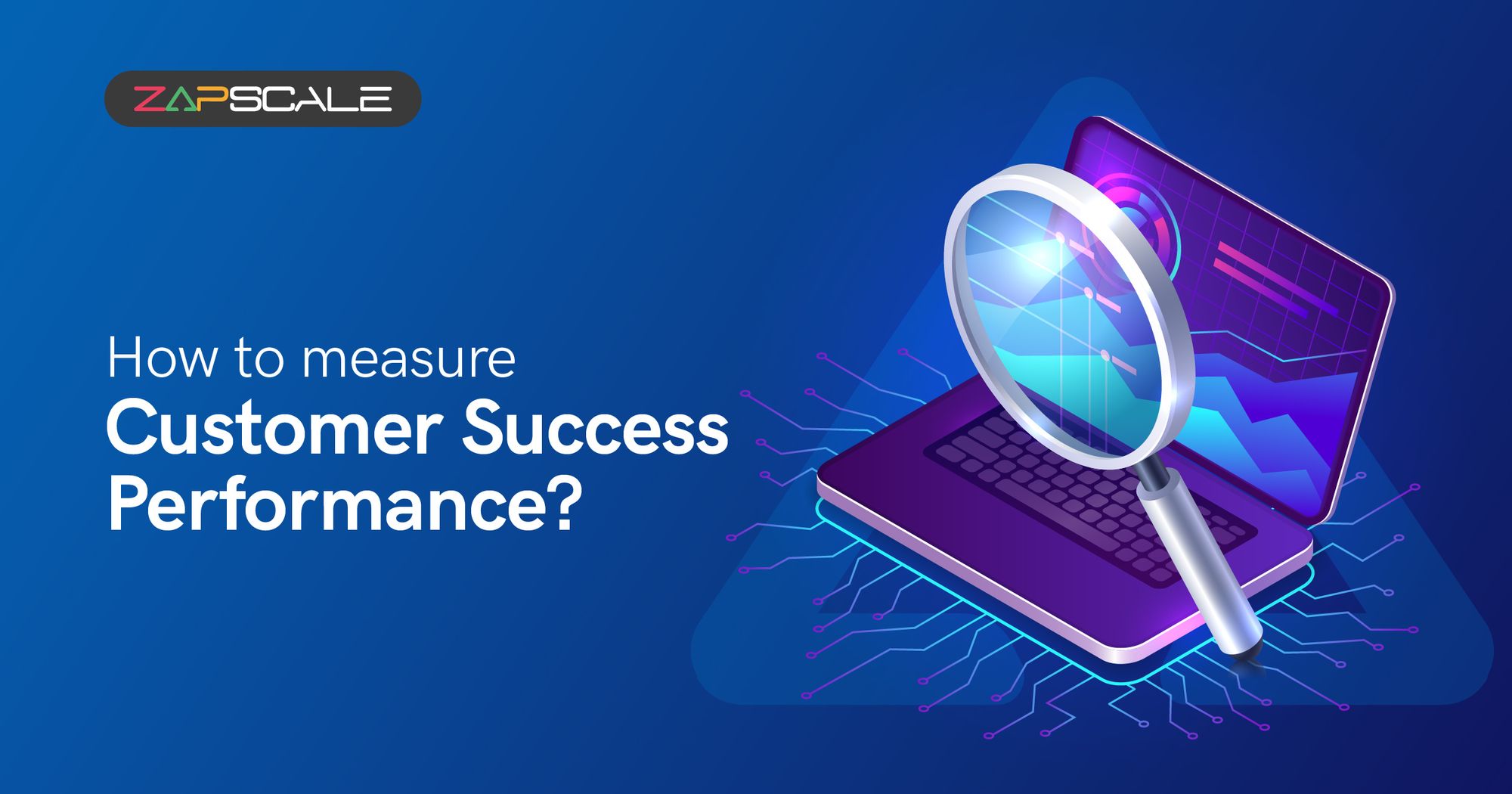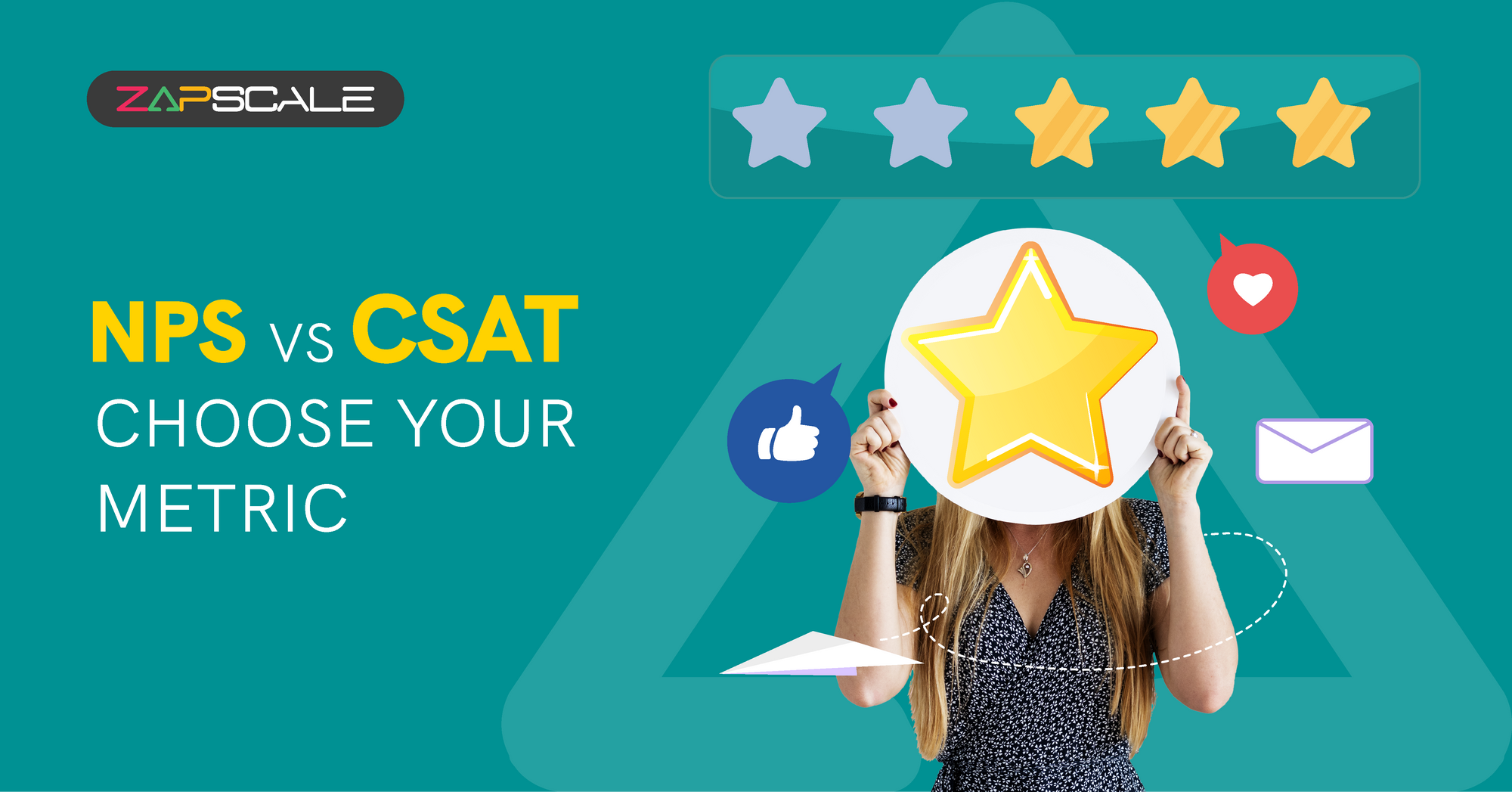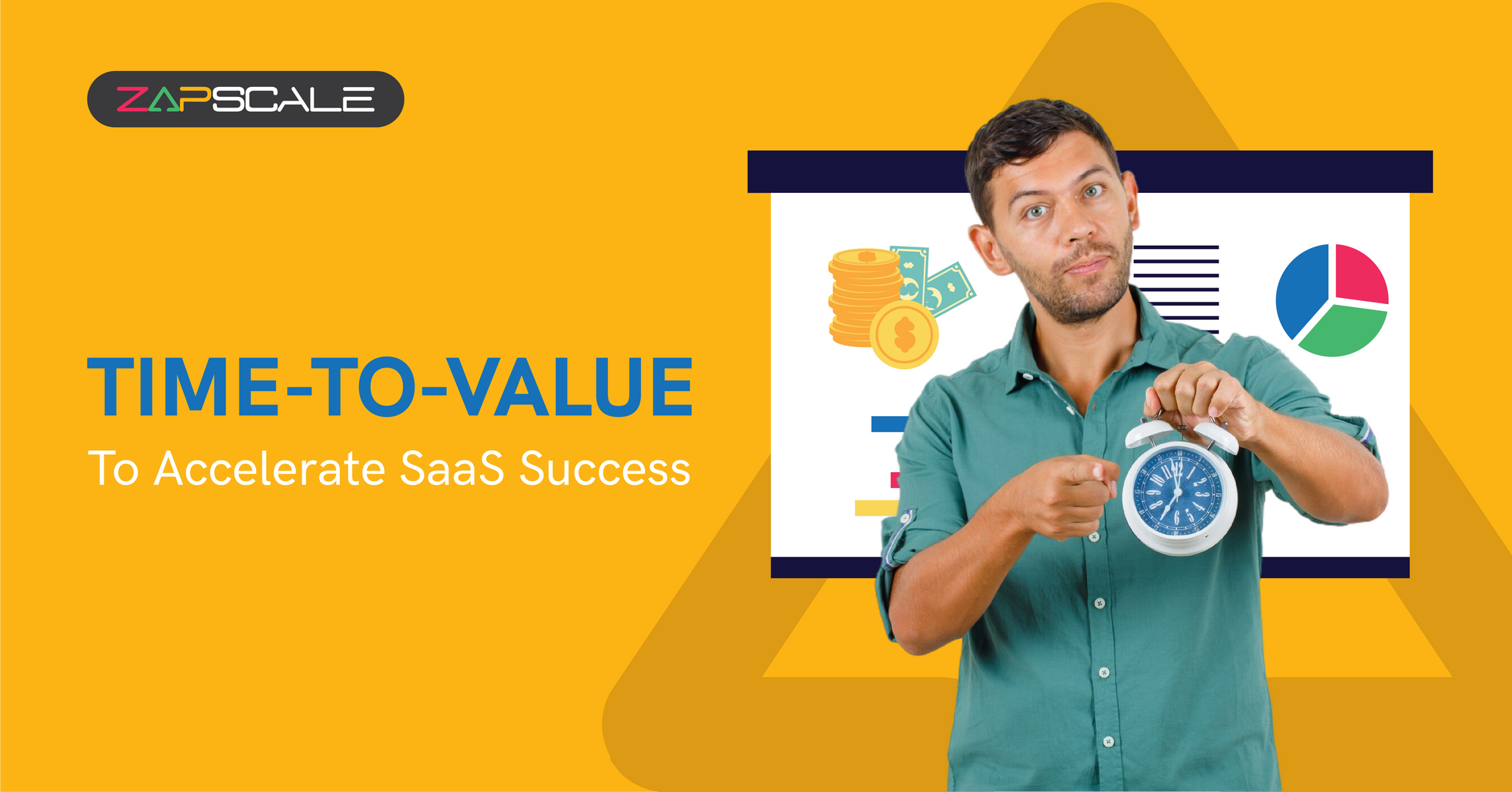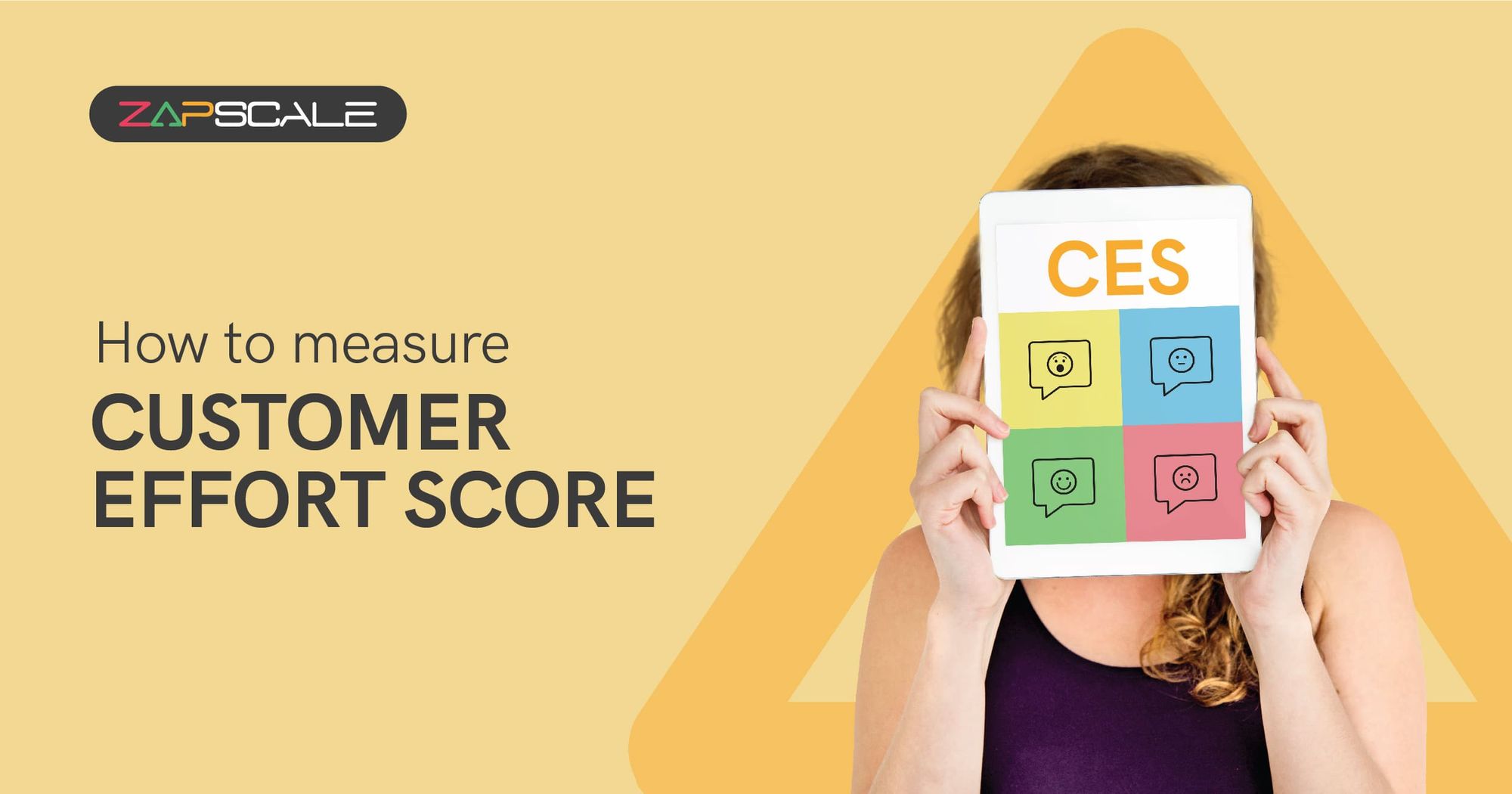CATEGORY > CS Metrics
How do you measure Customer Success performance?

In today's business landscape, customer success has become a critical function for companies that aim to maintain loyal customers and grow their revenue. To measure the effectiveness of customer success efforts, companies need to establish key performance indicators (KPIs) that align with their customer success goals. However, with so many potential metrics to track, it can be challenging to identify the most relevant ones for your business.
In this article, we will explore some of the common ways to measure customer success performance. By the end of this article, you will have a better understanding of how to gauge the success of your customer success initiatives and make data-driven decisions to improve customer outcomes.
How to track and measure your Customer Success Performance?
There are several ways to do that. However, measuring the Customer Success performance based on these 3 factors will help you gauge the overall impact on the business:
● Customer performance: It’s all about tracking what your customers feel about your brand – are they delighted, impressed, unhappy, or unsatisfied? With these insights, you can strategize better for the customer journey and customer experience.
● Business performance: This is where you track the efficacy of your CS efforts on your business and how well the customer success team is impacting your revenue numbers. Based on these insights, you can make informed decisions about your subsequent investment toward your CS efforts and initiatives.
● Product performance: Are your customers getting enough value from the product? Are your customers able to use the product with ease? By tracking product performance metrics, you get to know how your customer success team is helping to improve product usage and enhance customer experience.
The secret to further streamlining performance tracking is to select a process that supports your objectives. For instance, if you want to improve retention rates, focus on measuring customer performance. If you aim to increase sales, focus on measuring business performance. For enhancing product market fit, focus on product performance.
Here, I have listed down the 20 key customer success metrics that can help you get a holistic view of customer success performance.
1. Customer Performance
● Net Promoter Score (NPS)
Net Promoter Score is the benchmark for businesses to measure customer satisfaction and ascertain loyalty.
NPS = (# promoters/ # total respondents) – (# detractors/ # total respondents)
● Customer Onboarding Costs
Number of training / Implementation hours spent X Hourly rate of CSM
● Customer Effort Score
Customer Effort Score (CES) is a customer satisfaction metric that measures the ease of the customer's experience while interacting with a company or brand. It is used to determine how much effort a customer had to put in to accomplish a particular task or resolve an issue.
The CES is typically measured through a survey that asks customers to rate their experience on a scale, usually from 1 to 7, with 1 being the lowest effort and 7 being the highest effort.
● Customer Health Score
How you want to monitor customer health is totally subjective. There is no set methodology or formula. However, accurately tracking customer health and taking pre-emptive actions are absolutely imperative to increase customer retention.
Here's how we at ZapScale calculate customer health scores with 40+ pre-built deep health KPIs
● Qualitative Customer Feedback
This is dependent on how you intend to structure your feedback. It can just be positives and negatives or other factors of your choice.
● Trial-to-paid conversion rate
(Number of trial customers that convert to paid / Number of total trial customers) X 100%
● Customer Satisfaction Score (CSAT)
Customer Satisfaction Score (CSAT) is a metric used to measure how satisfied customers are with a company's products, services, or overall experience. CSAT data is generated by performing a survey.
2. Business Performance
● Customer Churn Rate
(Number of departing customers in a year / Number of total users in a year) X 100%
● Revenue Churn Rate
($ Value of churning users in a year / $ value of total annual revenue) X 100%
● Net Revenue Retention (NRR)
(($Value of MRR + $ Value of ER) - ($ Value of CR + $ Value of Churned Accounts) / $ Value of MRR )) X 100%
● Expansion revenue
Customer expansion revenue is the sum of sales made through cross-selling or up-selling.
● Revenue Contractions
When current customers choose to downgrade to a lower subscription plan, revenue contraction keeps track of the revenue that is lost.
● Revenue Renewal Rate
(Annual renewable revenue / ARR) x 100%
● Customer Renewal Rate
( Number of renewing customers in a period / Number of canceling customers in a period ) X 100%
3. Product Performance
● Active Users (DAU and MAU)
How many consumers or users are interacting with your product can be seen in this.
● Product Stickiness
(Daily active users / Monthly active users) X 100%
● Onboarding engagement
(Number of users that complete onboarding / Number of users that start onboarding) X 100%
● Product adoption rate
(New active users / Signups) X 100%
● Feature adoption rate
(Active users using feature / Total active users) x 100%
● Time to Value
The time between signup and value achieved
To achieve this you would need to have a seamlessly connected customer success tech stack. I wouldn’t suggest tracking everything on your CRM but it will still be your base tool for the business. To track all your customer-related data, you require specialized tools like a ticketing tool, payment tool, survey tool, product analytics tool, etc.
To get all the data from the specialized tools, you need to set up a Customer Success platform that is designed especially for customer success teams. This will help you to capture all your data in one place and give you metrics that will help you make informed and timely decisions.
In the fullness of time, let’s look at the superpowers that ZapScale can offer to achieve a well-performing customer success strategy. We have designed our product in such a way that any B2B SaaS company can easily adopt the product and can benefit from it from Day 1 (quite literally).
Hence, we claim to be the easiest, fastest, and deepest customer success platform available in the market.
With ZapScale, you can:
1) Know your customer and user health better
2) Automate your CS Ops in 60 seconds!
3) Get better business insights
And that’s that! Hope this helped.
If you want to know more about Customer Success and automating your CS ops, jump on a quick call with our experts, who will guide you through the best practices for your CS journey!
FAQs
1. What key metrics should I use to measure customer success performance?
To measure customer success performance, focus on key metrics such as net promoter score (NPS), customer satisfaction score (CSAT), customer effort score (CES), and gross revenue retention (GRR). These metrics provide insight into customer satisfaction, loyalty, and overall account health.
2. How can I track and analyze customer success data effectively?
Track and analyze customer success data by utilizing customer success platforms, CRM systems, and analytics tools. Regularly review metrics, set up dashboards for real-time monitoring, and conduct periodic performance reviews. Integrating data from multiple sources can also help in gaining a better understanding of customer success.
3. What are some challenges in measuring customer success performance?
Common challenges include defining relevant metrics, ensuring data accuracy, and aligning customer success goals with overall business objectives. Additionally, it can be difficult to attribute performance improvements directly to customer success efforts due to multiple influencing factors. Regularly updating measurement strategies and involving cross-functional teams can help overcome these challenges.
ABOUT THE AUTHOR
Popular from CS Metrics
Quality Content,
Straight To Your Inbox!
Subscribe for the latest blogs, podcasts, webinars, and events!

Write a Blog
If you have experience in CS and
a flair for writing, we’d love to
feature you.
Write to us on
hello@zapscale.com






